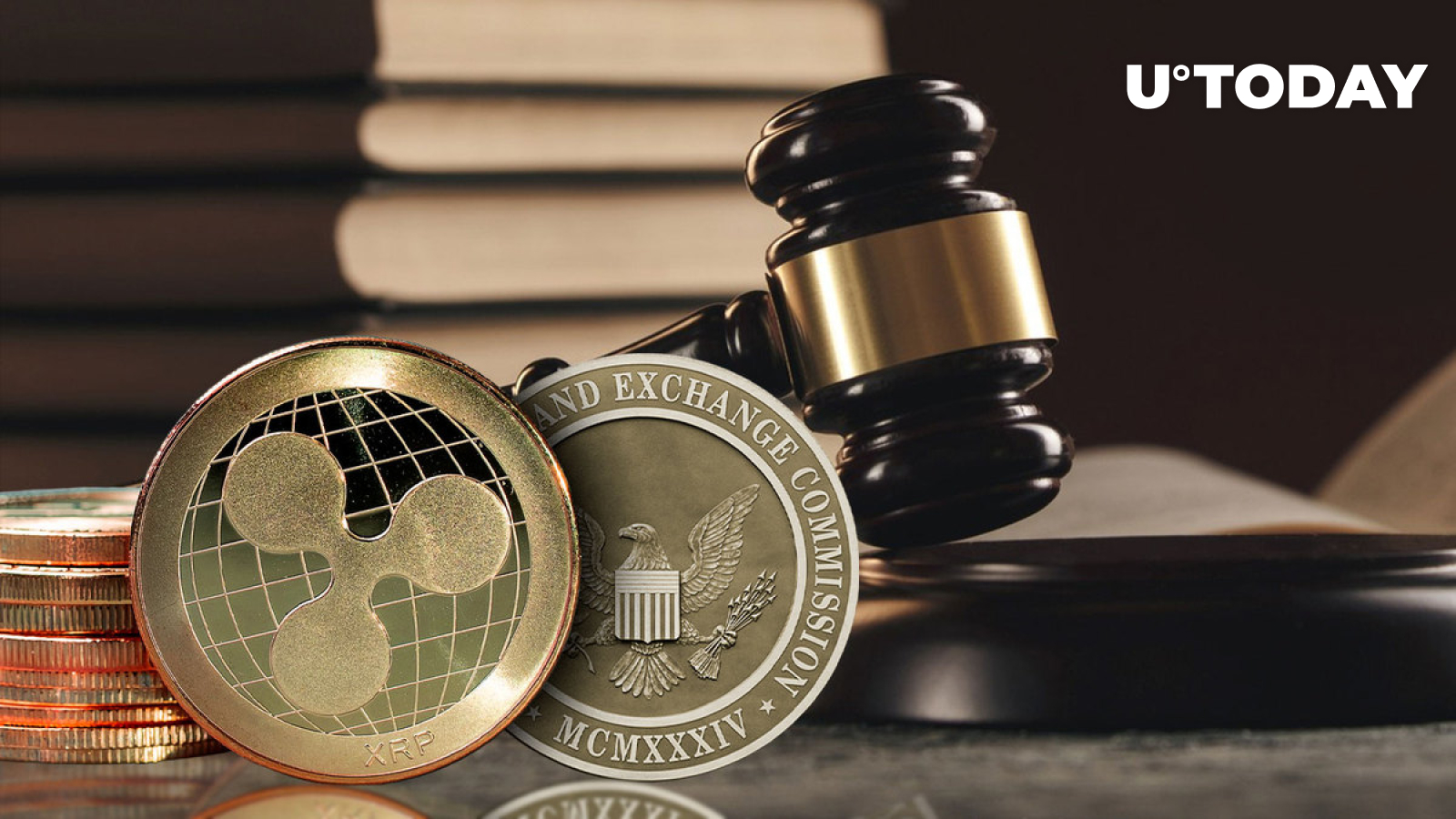How the US Govt Uses Seized Crypto for Its Bitcoin Reserve
The post How the US Govt Uses Seized Crypto for Its Bitcoin Reserve appeared on BitcoinEthereumNews.com. The US government has seized another $300k in crypto from the Uranium Finance hacker. A process has been established for victims of the hack to file claims for a refund. Unclaimed seized funds are a primary “budget-neutral” source for the US strategic Bitcoin reserve. The United States government’s crypto wallet just received another $300,000 worth of assets seized from the Uranium Finance hacker. On-chain data from Thursday, August 21, shows the government withdrew 76.56 Ethereum (ETH) from a Coinbase wallet linked to the case. This latest transaction brings the total value of assets seized from the Uranium Finance hacker to $34.9 million. The majority of these funds are in Wrapped BNB (WBNB), valued at about $19.27 million, with an additional $15 million in ETH and other stablecoins. How the U.S. Government Seized Funds From Uranium Finance Hacker The seizure is a prime example of how law enforcement actions have become a primary source for the government’s growing crypto treasury. In February 2025, the U.S. Attorney’s Office for the Southern District of New York (SDNY) and Homeland Security Investigations (HSI) in collaboration with TRM Labs seized $31 million stolen from Uranium Finance. The seizure of the Uranium Finance funds happened almost four years after the attackers drained $53.7 million from the protocol. TRM Labs worked closely with law enforcement to identify and trace the stolen funds, even after the attackers used crypto mixers like Tornado Cash and various decentralized exchanges. What Happens to the Recovered Funds Now? The U.S. government has now urged victims of the Uranium Finance hack to contact the SDNY’s official channels to begin the refund process. This provides a clear path for victims to reclaim their portion of the recovered money. SDNY and @HSISanDiego seize cryptocurrency worth approximately $31 million related to April 2021 hack of Uranium…

The post How the US Govt Uses Seized Crypto for Its Bitcoin Reserve appeared on BitcoinEthereumNews.com.
The US government has seized another $300k in crypto from the Uranium Finance hacker. A process has been established for victims of the hack to file claims for a refund. Unclaimed seized funds are a primary “budget-neutral” source for the US strategic Bitcoin reserve. The United States government’s crypto wallet just received another $300,000 worth of assets seized from the Uranium Finance hacker. On-chain data from Thursday, August 21, shows the government withdrew 76.56 Ethereum (ETH) from a Coinbase wallet linked to the case. This latest transaction brings the total value of assets seized from the Uranium Finance hacker to $34.9 million. The majority of these funds are in Wrapped BNB (WBNB), valued at about $19.27 million, with an additional $15 million in ETH and other stablecoins. How the U.S. Government Seized Funds From Uranium Finance Hacker The seizure is a prime example of how law enforcement actions have become a primary source for the government’s growing crypto treasury. In February 2025, the U.S. Attorney’s Office for the Southern District of New York (SDNY) and Homeland Security Investigations (HSI) in collaboration with TRM Labs seized $31 million stolen from Uranium Finance. The seizure of the Uranium Finance funds happened almost four years after the attackers drained $53.7 million from the protocol. TRM Labs worked closely with law enforcement to identify and trace the stolen funds, even after the attackers used crypto mixers like Tornado Cash and various decentralized exchanges. What Happens to the Recovered Funds Now? The U.S. government has now urged victims of the Uranium Finance hack to contact the SDNY’s official channels to begin the refund process. This provides a clear path for victims to reclaim their portion of the recovered money. SDNY and @HSISanDiego seize cryptocurrency worth approximately $31 million related to April 2021 hack of Uranium…
What's Your Reaction?




































